Intro:
From the start of my time at Hautlieu, I have experimented with recreating my own interpretations of the different photographers I have studied and their unique styles. Through numerous themes of photography, I have enjoyed documentative photography the most. With artists such as Ansel Adams and Henri Cartier Bresson, I believe they have served as my largest inspirations through my related work.
Past work:
Summer Project –
With the summer project I believe this shows my start into the documentative aspects of photography. Although recreating another artist, William Eggelston, I find his work is similar to that of Henri Cartier-Bresson. With Williamsons work however, I do find I enjoyed his naturalistic images, all an aesthetic into the vintage era of America.
William Eggelston –

My example –
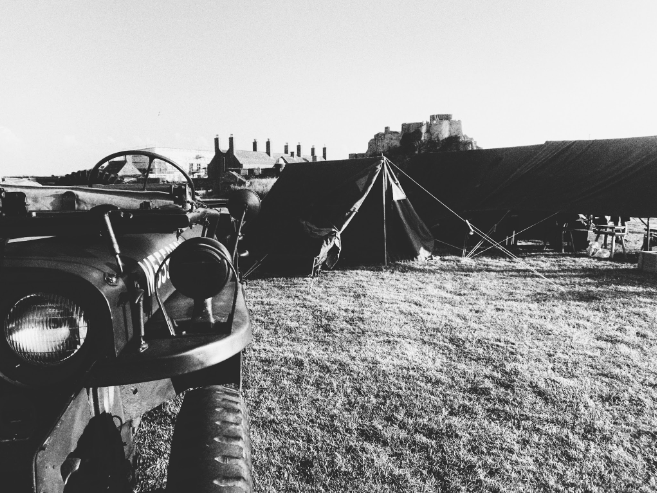
With photos such as this I felt like I recreated this well during my stay in a second world war re-enactment weekend. Captured in the candid style, commonly used through documentative images, I would take this further when I would become inspired by Cartier-Bresson’s style.
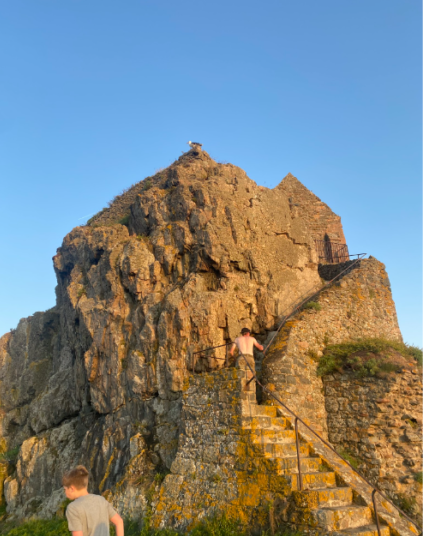
Environmental portraits –
With our identity project I chose to continue with aspects of documentative photography through the study of portrait photographer, August Sander. Although not candid, these images to me still were documentative through their ability to show time through people of the past. Some other influences from this topic included Alec sloth and Vanessa Winship.
August Sander –

Alec Sloth –
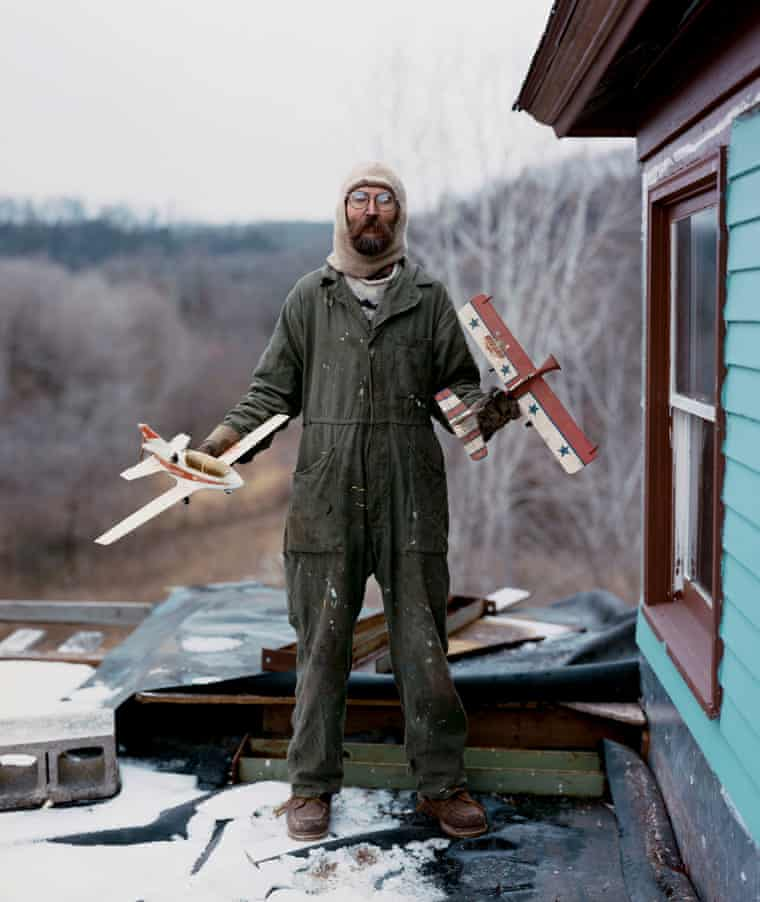
Vanessa Whinship –
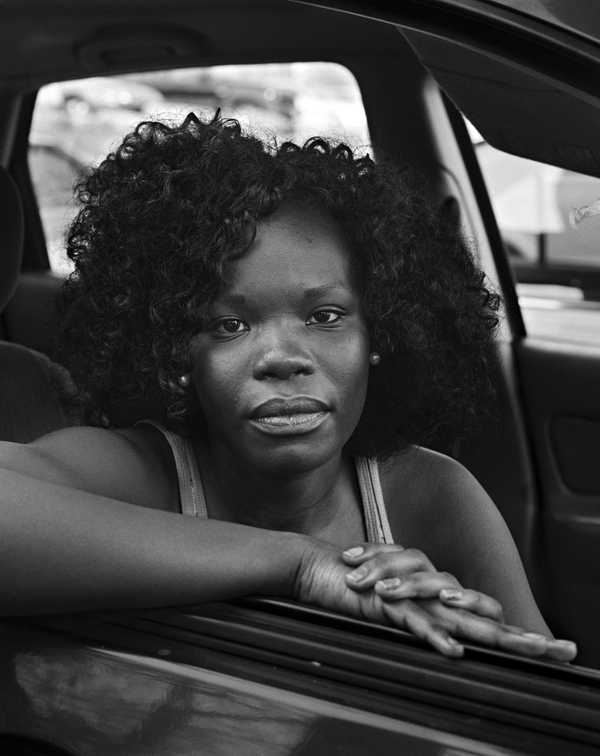
My Example –
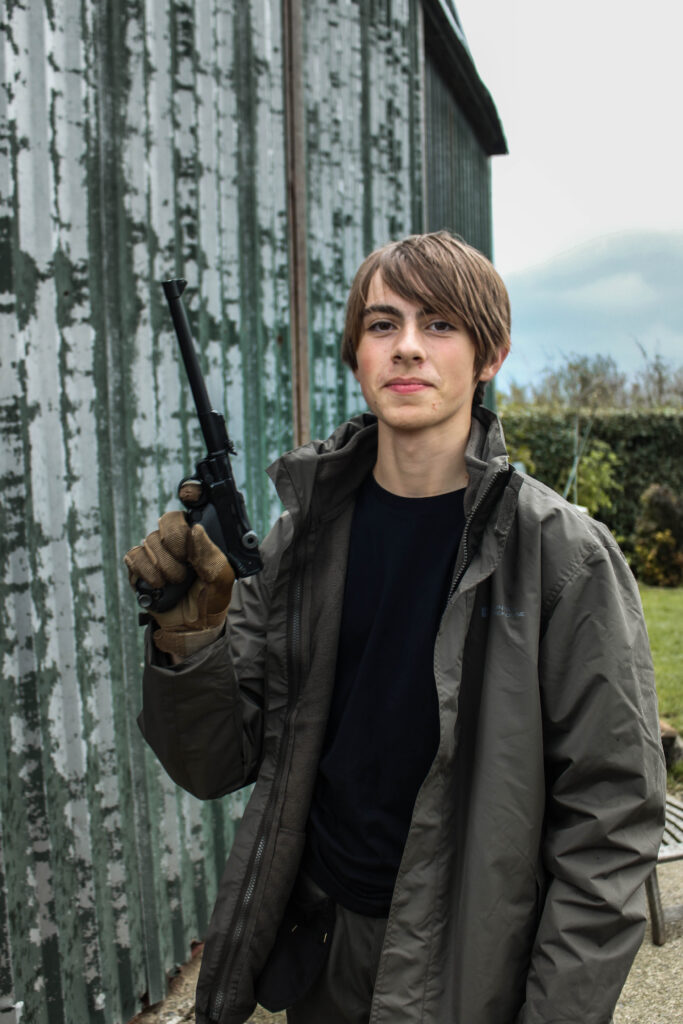
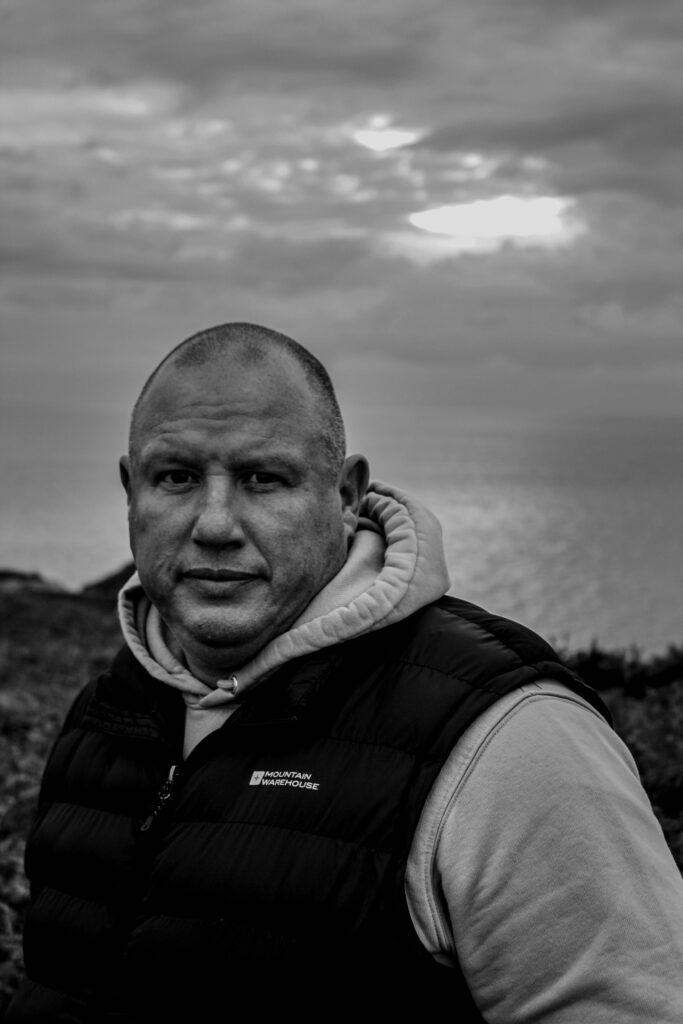
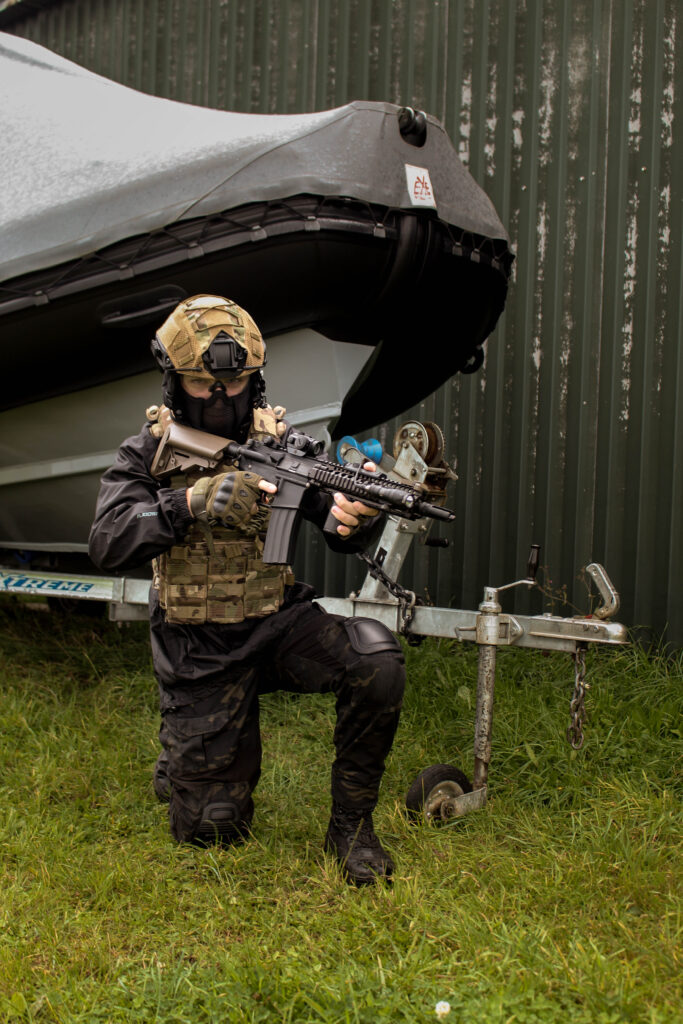
Taking this further, I took what I had learnt from analysing August Sander’s and Alec Sloth’s photographs and made a larger piece of work in my own documentative style and aesthetic. Titled ‘A day in the life’, this project centred around my family’s business and how I documented it in a vintage newspaper style.
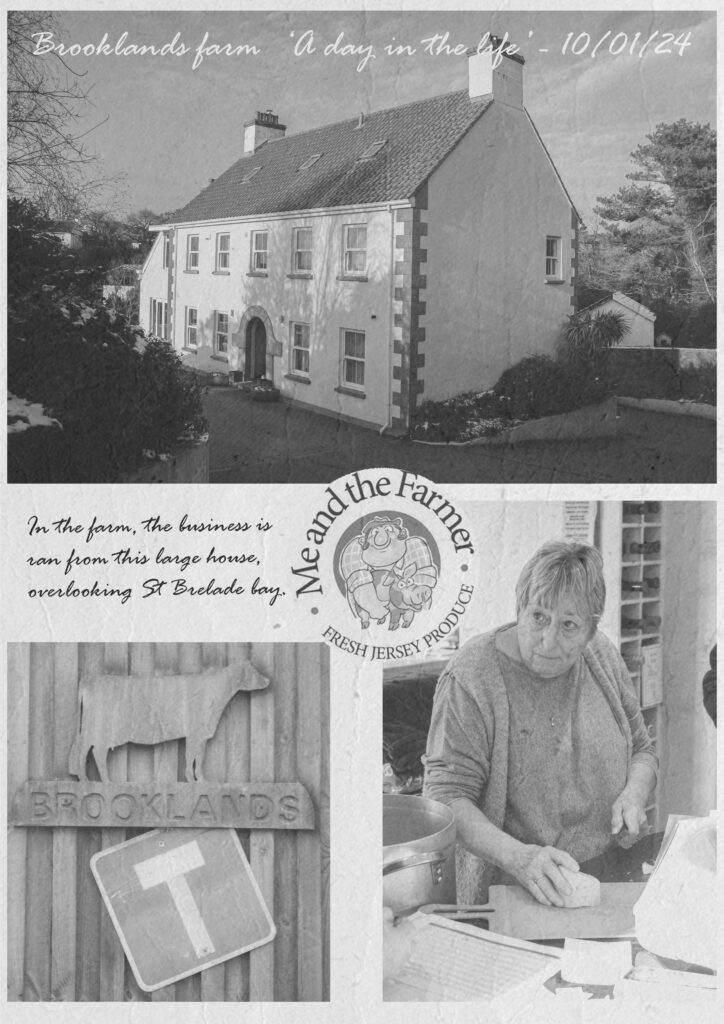
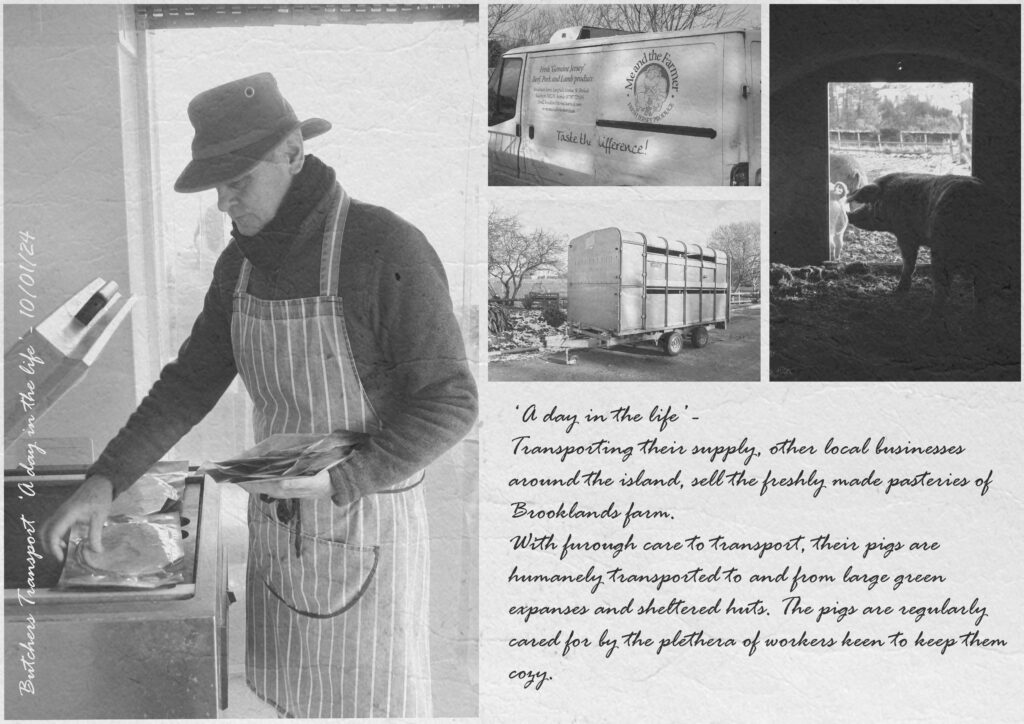


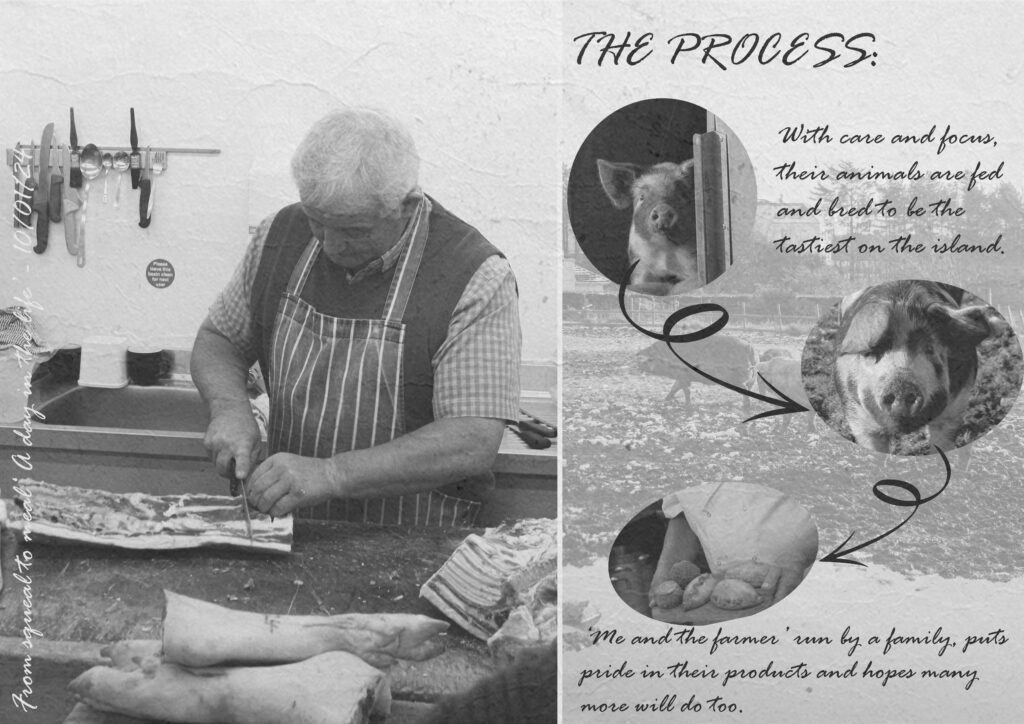
Anthropocene –
From this project, I feel as if I had a larger interest to try and explore this style of photography. With all the conceptual motives that can be applied to the style this would be explored later on in my work with the studying of other photographers such as some local examples, Thomas Sutton, Albert Smith and Francis Foot. Apart of my Anthropocene project, I looked into their varying photographic approaches, which each contain uniqueness in their outcomes. Sutton in his images often explores the anthropogenic elements of the Island, such as Jerseys recognisable coasts and historic structures, Smith on the other hand focuses more on photographing, at his time, the present environment which has since been changed over time, with his images we can see how far they’ve changed to now and get a look into out recognisable locations long before.


St Helier Harbour, Circa 19th – 20th Century, Albert Smith.


Francis Foot – Circa 1910’s, Local Islander.
My examples:
Using a historical basis of people, places and the past, I focused mine on German occupation of Jerseys recognisable structures such as Elizabeth Castle and famous tourist spots like Corbiere. I also explored the Anthropocene of war and that despite its circumstantial distances still contains similar elements of the past.






Street Photography –
With a documentative insight to people, places and time, these 3 photographers sparked my interest for their local significance and their ability to capture island life from the mind 19th century to early 20th. With an insight further into documentative photography, I would soon discover, Henri Cartier-Bretton, where I would study his work of street photography of European towns and other places in the mid 20th century and recreate his style myself within the walls of St Malo. Cartier-Bresson focuses on the conceptual idea ‘The decisive moment’, her he states that everything that occurs happens in a flow of events, In Cartier-Bresson’s eyes, there are moments within these events that contain a perfect arrangement within a frame. These moments are always spontaneous and often never repeat themselves, therefore making the photographer vigilant to be ready to capture that decisive moment.
Henri Cartier-Bretton examples:


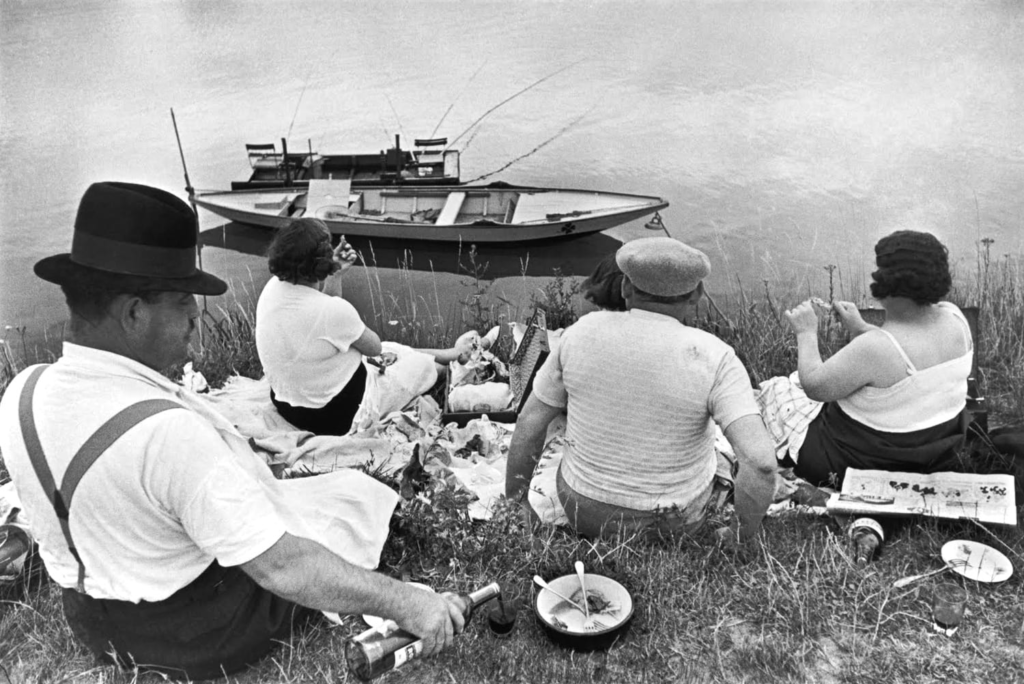
My Examples:



With my Images I created here, I became more appreciative of the style of Street Photography and how it could be applied to documentative photography, with its intrusive, candid style of capturing peoples lives, this really inspired to create more like images like this.
St Malo Page spreads:
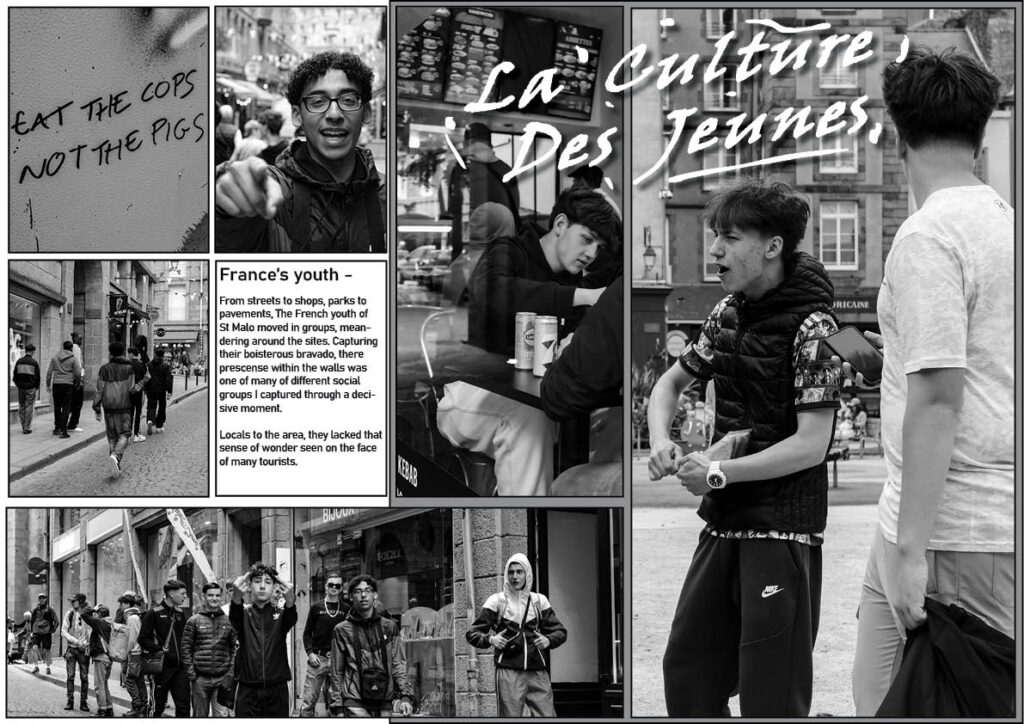
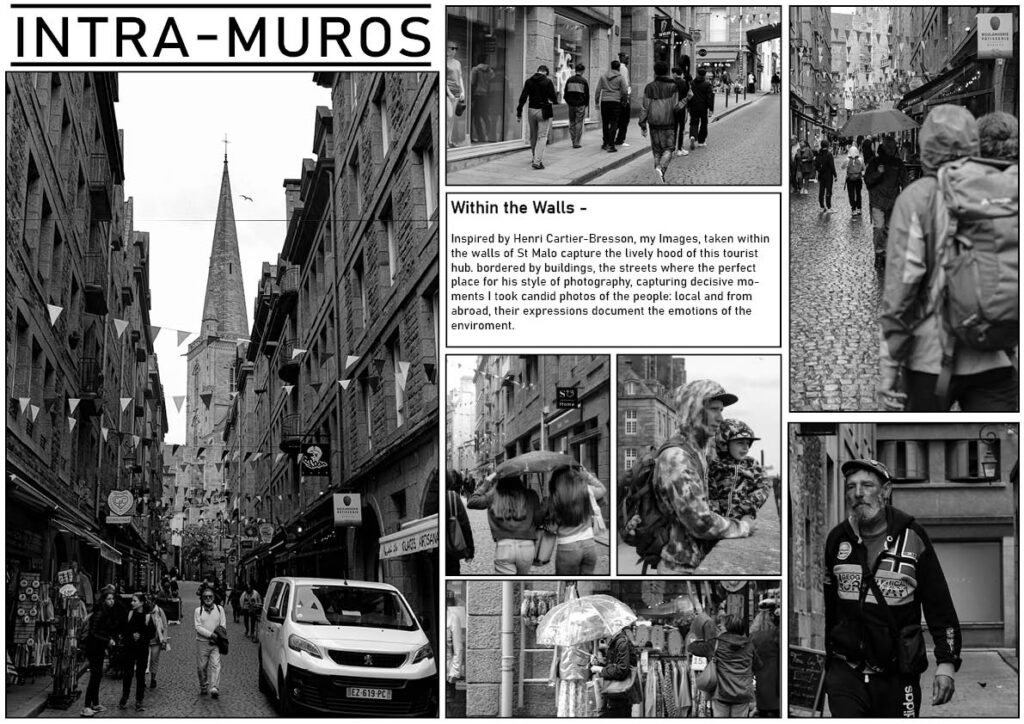
Harbour Project:
With our harbour project, we collected images for making paper books/Zines. Here I took from what I had learned from my previous project, and attempt to apply it locally and to my own style. Capturing the leisure and work aspects of the harbour my book was dedicated to documenting the characters and sites of St Helier Harbour.
Harbour Booklet/Zine:
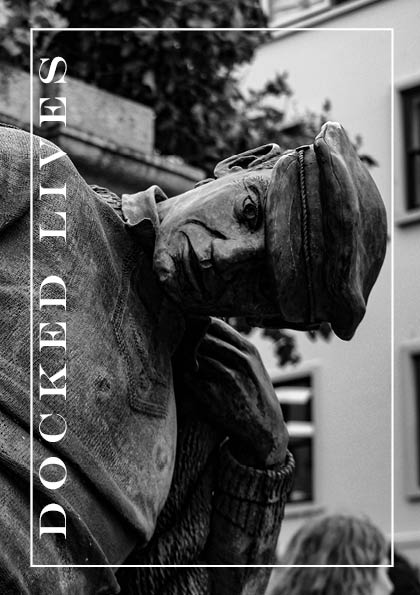
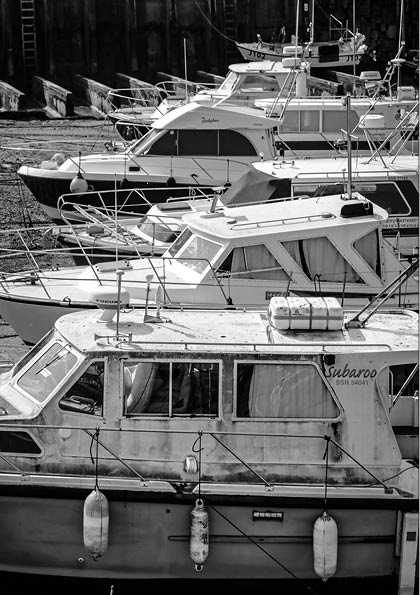

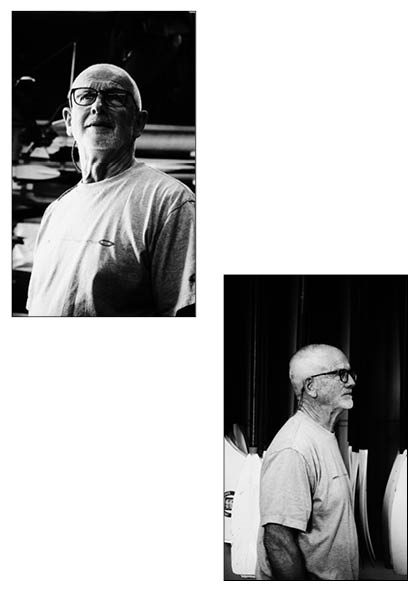
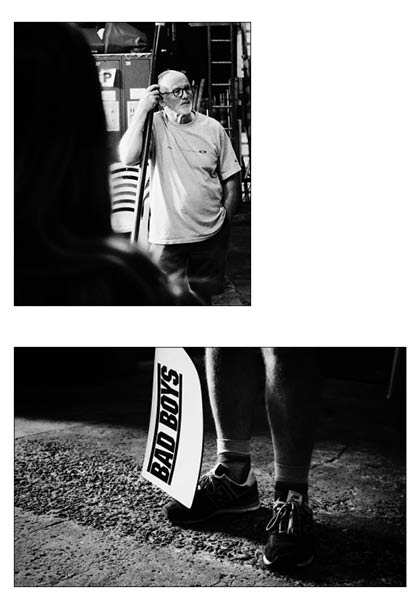
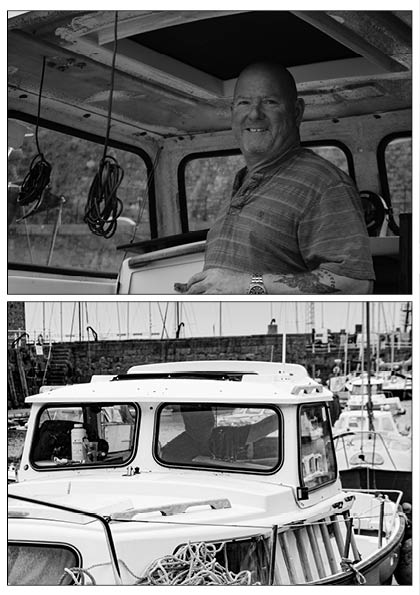
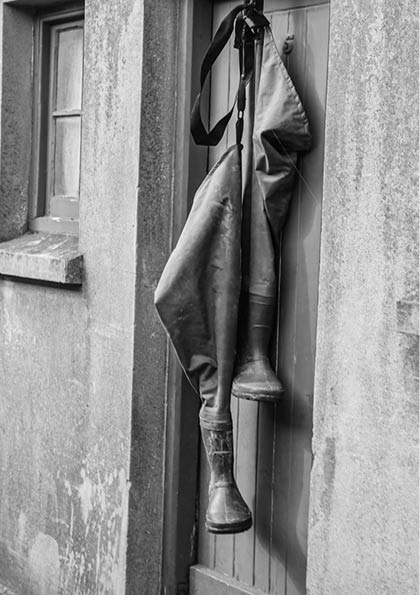
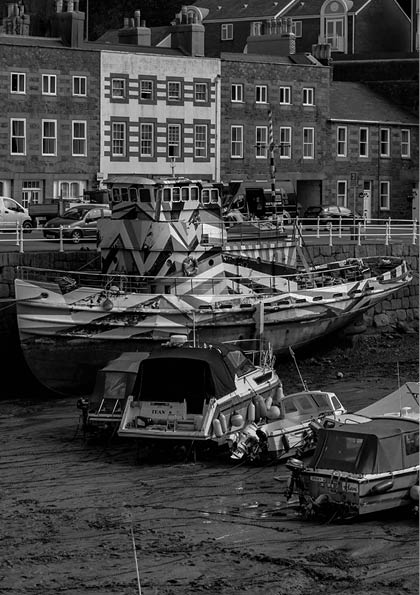
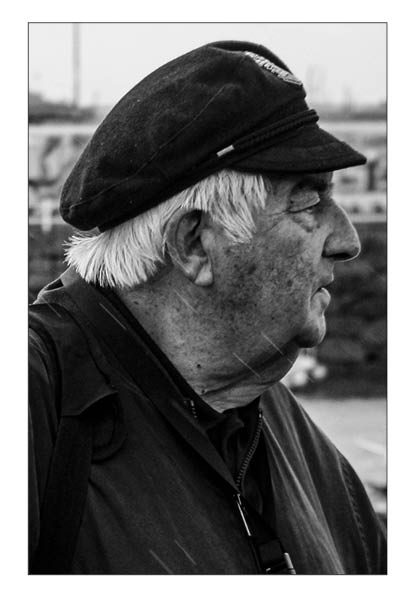
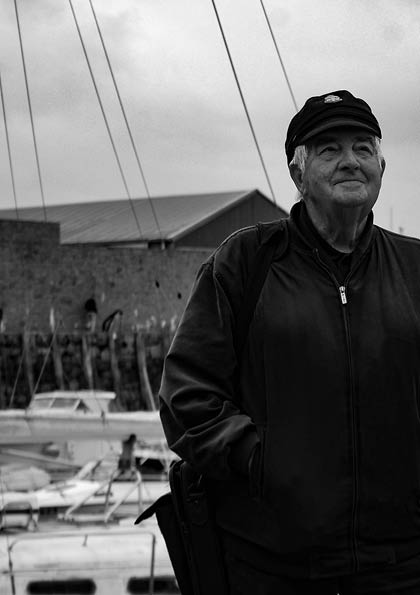
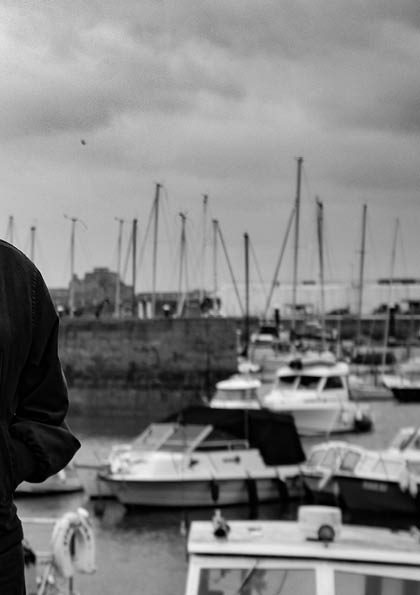
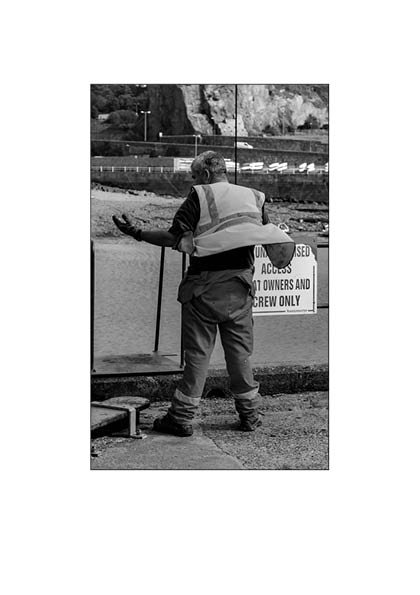
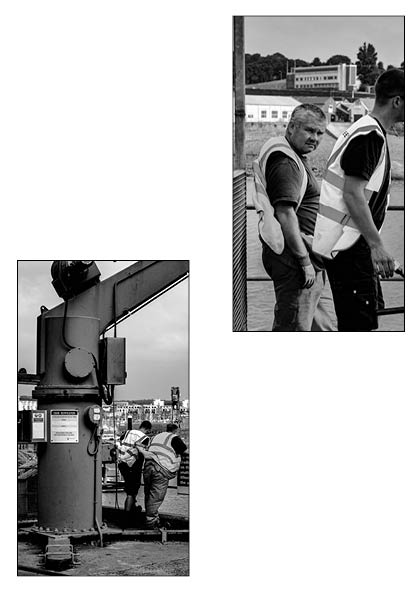
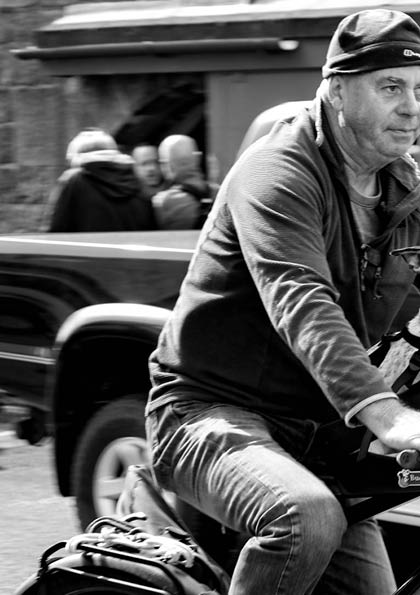
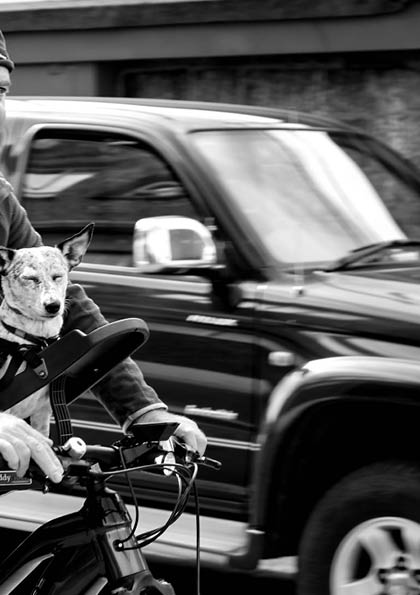
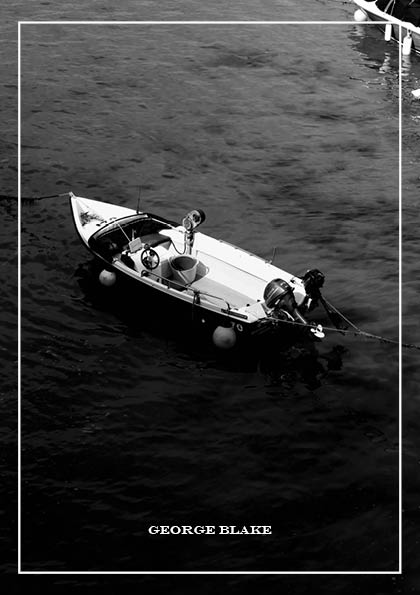
Mirrors and windows –
With a look into the mini-project, ‘Mirrors and Windows’, this stems from the theory of John Szarkowski, who states photography falls into 2 categories of either being Mirrors or Windows. As Szarkowski states “The distance between in terms of their conceptions of what a photograph is: it is a mirror, reflecting a portrait of the artist who made it, or a window, through which one might better know the world?”. To explain it simply, when creating a photograph, does it capture/represent you as an artist, either abstractly or normal (Mirror). Or does it show the exterior world, with all its natural elements (Window). With my past interests into documentative photography, I was more interested in the Window aspect. Looking at the Artist, Robert Frank, who was inspired by Cartier-Bresson, this inspired me to create my own outcomes to the concept of ‘Window’ photography.
Robert Franks work:
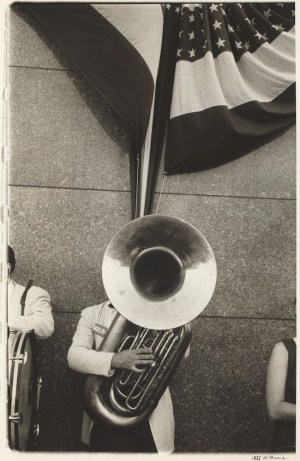
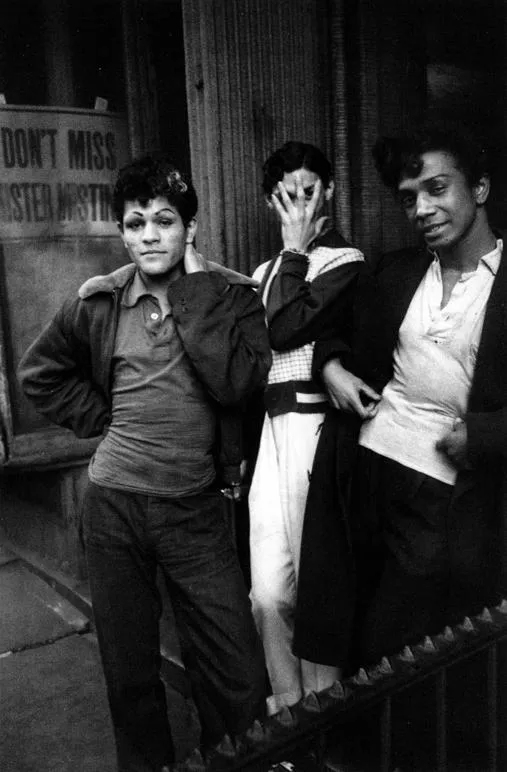
My examples:

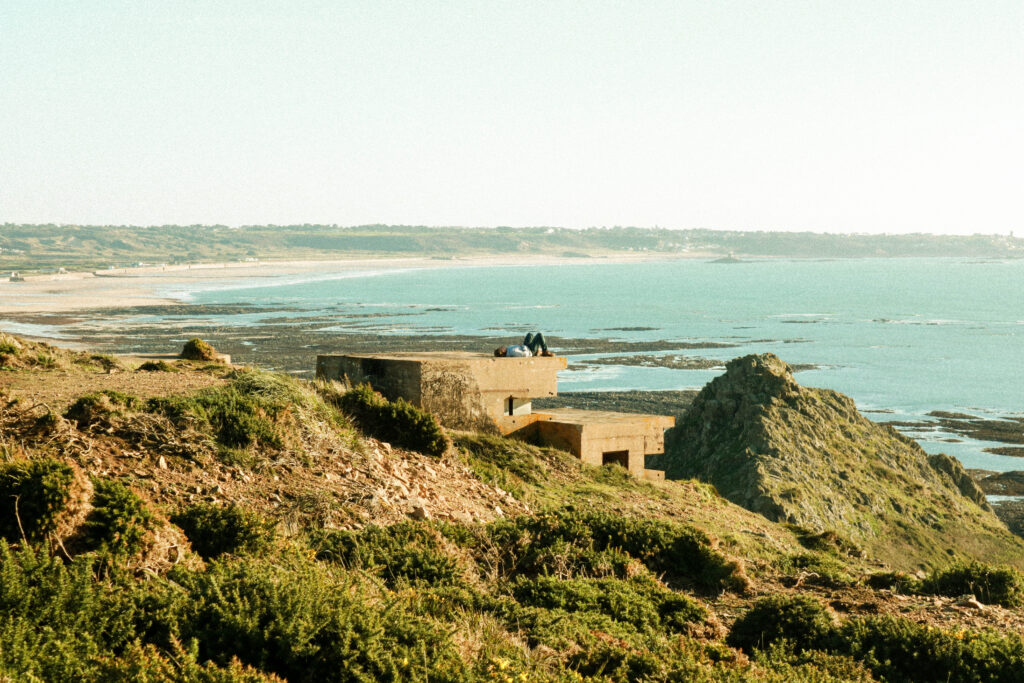
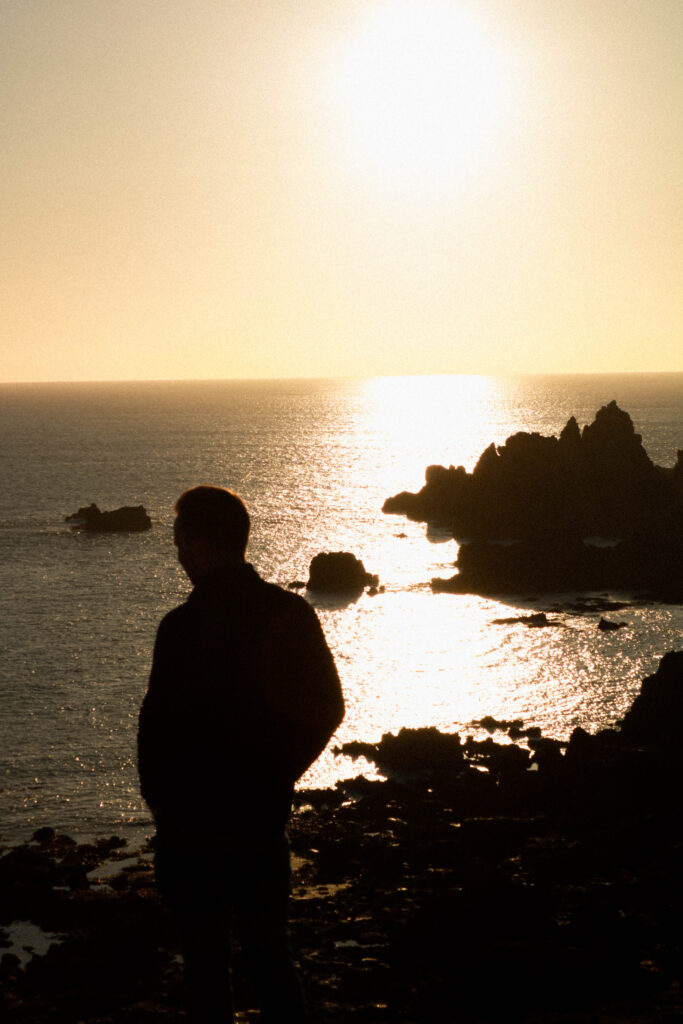
With the documentative photography style, heavily implemented into my work I believe I have created various aesthetical and contemporary pieces of work which I can use to influence me in my final project outcome.
